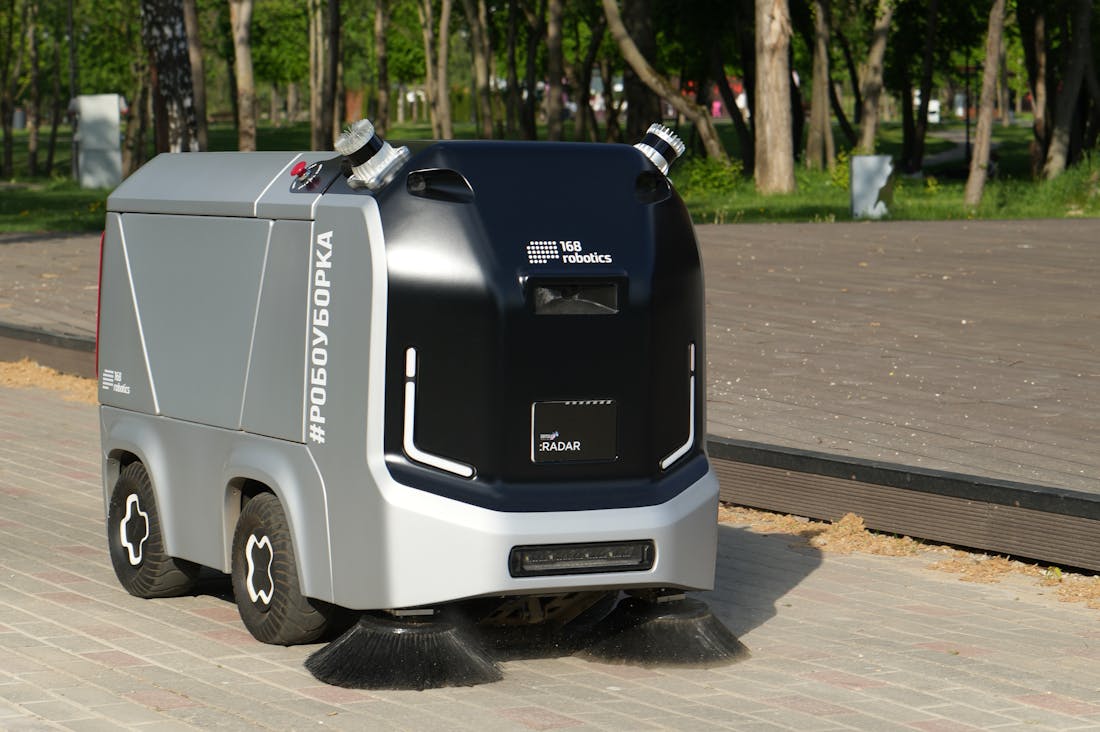As we stand on the brink of a technological revolution, autonomous vehicles are set to transform not only how we commute but also the very fabric of our society. From reshaping transportation infrastructure and redefining mobility to influencing urban planning, lifestyle choices, and economic dynamics, the implications are profound and far-reaching. This exploration delves into the multifaceted impact of autonomous vehicles, illuminating their potential to enhance efficiency, promote sustainability, and drive economic growth while addressing the challenges of safety, regulation, and social acceptance. Join us as we navigate the future of this game-changing innovation and its ripple effects across multiple dimensions of our lives.

Understanding Autonomous Vehicle Technology
Understanding autonomous vehicle technology involves delving into a complex interplay of hardware and software designed to operate vehicles without human intervention. At its core, this technology leverages advanced sensors, including LiDAR, radar, and cameras, to perceive the environment, allowing the vehicle to detect obstacles, lane markings, and traffic signals. Machine learning algorithms analyze vast amounts of data collected in real-time to make driving decisions, improving over time with experience. Furthermore, connectivity features enable vehicles to communicate with each other and infrastructure, enhancing safety and efficiency. As this technology evolves, ethical considerations, regulatory challenges, and public acceptance also play crucial roles in its deployment.

Shifts in Lifestyle and Urban Planning
Recent decades have witnessed significant shifts in lifestyle and urban planning, driven by rapid urbanization, environmental concerns, and changing societal values. As more people migrate to cities, urban planners are increasingly focusing on sustainable designs that foster community engagement and reduce carbon footprints. The rise of remote work has led to a demand for mixed-use developments that blend residential spaces with offices, parks, and amenities, encouraging a more vibrant, walkable urban experience. Moreover, there is a growing emphasis on green spaces, public transportation, and smart technologies that enhance livability. These transformative trends reflect a collective desire for healthier, more interconnected urban environments.

Economic Opportunities and Challenges Ahead
As global economies navigate through the post-pandemic landscape, a myriad of economic opportunities and challenges lie ahead. Advancements in technology, particularly in artificial intelligence and renewable energy, present vast prospects for innovation, job creation, and sustainable practices. Regions that invest in green technologies can emerge as leaders in a transitioning economy, attracting investments and fostering growth. However, these opportunities come with significant challenges, including economic inequality, labor market disruptions, and geopolitical tensions. The shift towards automation may displace traditional jobs, necessitating a focus on reskilling and education. Policymakers must strike a balance between harnessing technological benefits and ensuring inclusive economic growth for all.
The Role of Public Policy in Autonomous Vehicle Deployment
Public policy will be a critical factor in the successful integration of autonomous vehicles into society. Policymakers must navigate the delicate balance between innovation and regulation, ensuring that safety standards are met while also fostering an environment conducive to technological advancement. This involves creating comprehensive frameworks that address liability, insurance, and data privacy concerns associated with autonomous systems. Additionally, public engagement and education campaigns will be essential to demystify this technology, fostering trust and encouraging acceptance among the populace. By addressing these policy challenges, governments can help pave the way for a smoother transition to an autonomous future.
Environmental Benefits of Autonomous Transportation Systems
Autonomous vehicles hold significant potential for environmental sustainability, particularly in reducing greenhouse gas emissions and improving energy efficiency. By optimizing driving patterns through advanced algorithms, these vehicles can minimize fuel consumption and emissions. Furthermore, the integration of electric and hybrid technologies into autonomous systems can further enhance environmental benefits. The potential for car-sharing models can also decrease the overall number of vehicles on the road, leading to less congestion and lower emissions. As cities adopt greener transportation strategies, autonomous vehicles are poised to play a pivotal role in achieving climate goals and promoting a healthier planet.
The Impact of Autonomous Vehicles on Job Markets
While autonomous vehicles promise efficiency and convenience, they also pose challenges to traditional job markets, particularly in transportation sectors. The rise of driverless technology may lead to substantial job displacement among truck drivers, taxi operators, and delivery personnel. However, the shift also presents opportunities for new job creation in technology development, maintenance, and oversight of these vehicles. As industries adapt to this transformation, there is an urgent need for comprehensive workforce retraining programs to equip displaced workers with new skills. Policymakers and educational institutions must collaborate to ensure that the workforce is prepared for the changing economic landscape.
Navigating Ethical Dilemmas in Autonomous Vehicle Technology
The deployment of autonomous vehicles raises complex ethical dilemmas that cannot be overlooked. Decision-making algorithms must grapple with scenarios that involve potential harm to users and pedestrians, raising questions about programming ethics and accountability. Furthermore, the data collected by these vehicles presents privacy concerns, leading to debates about surveillance and consent. It is essential for developers and regulators to engage with ethicists and the public to establish guidelines that reflect societal values. Addressing these ethical challenges is crucial for fostering public trust and ensuring that autonomous technologies align with the broader goals of safety, equity, and justice in society.